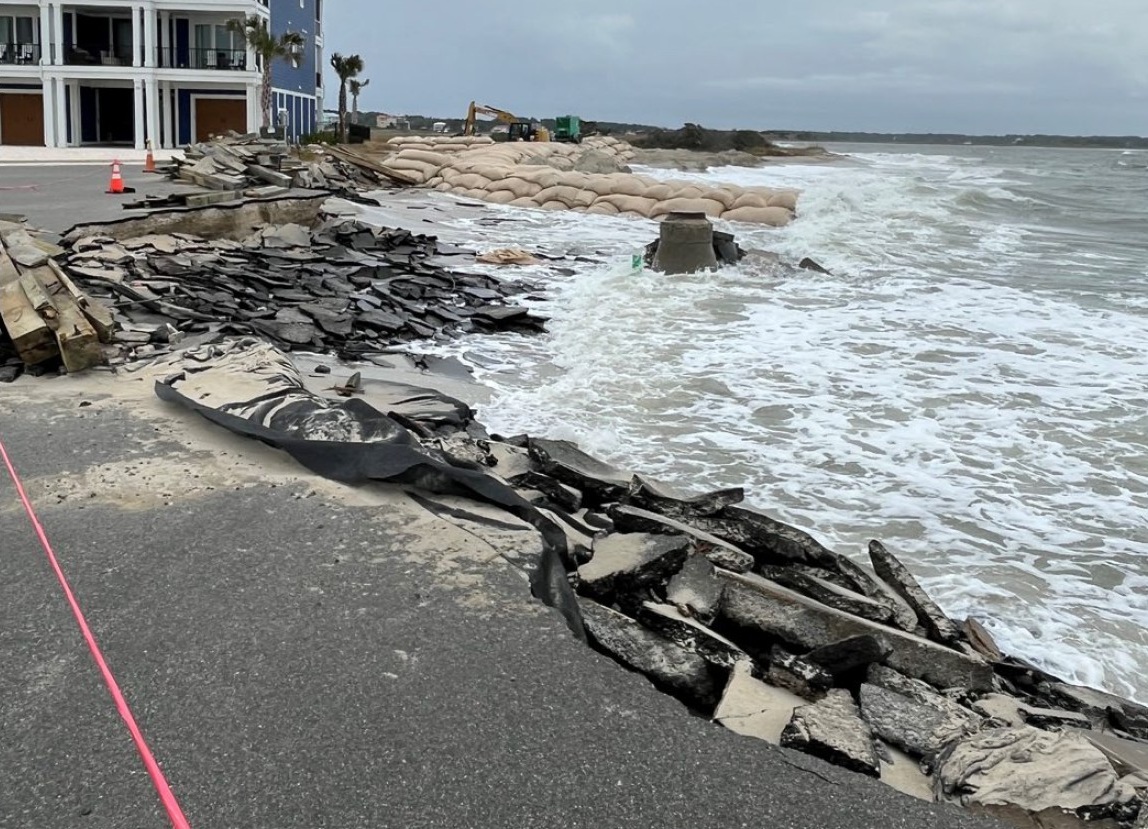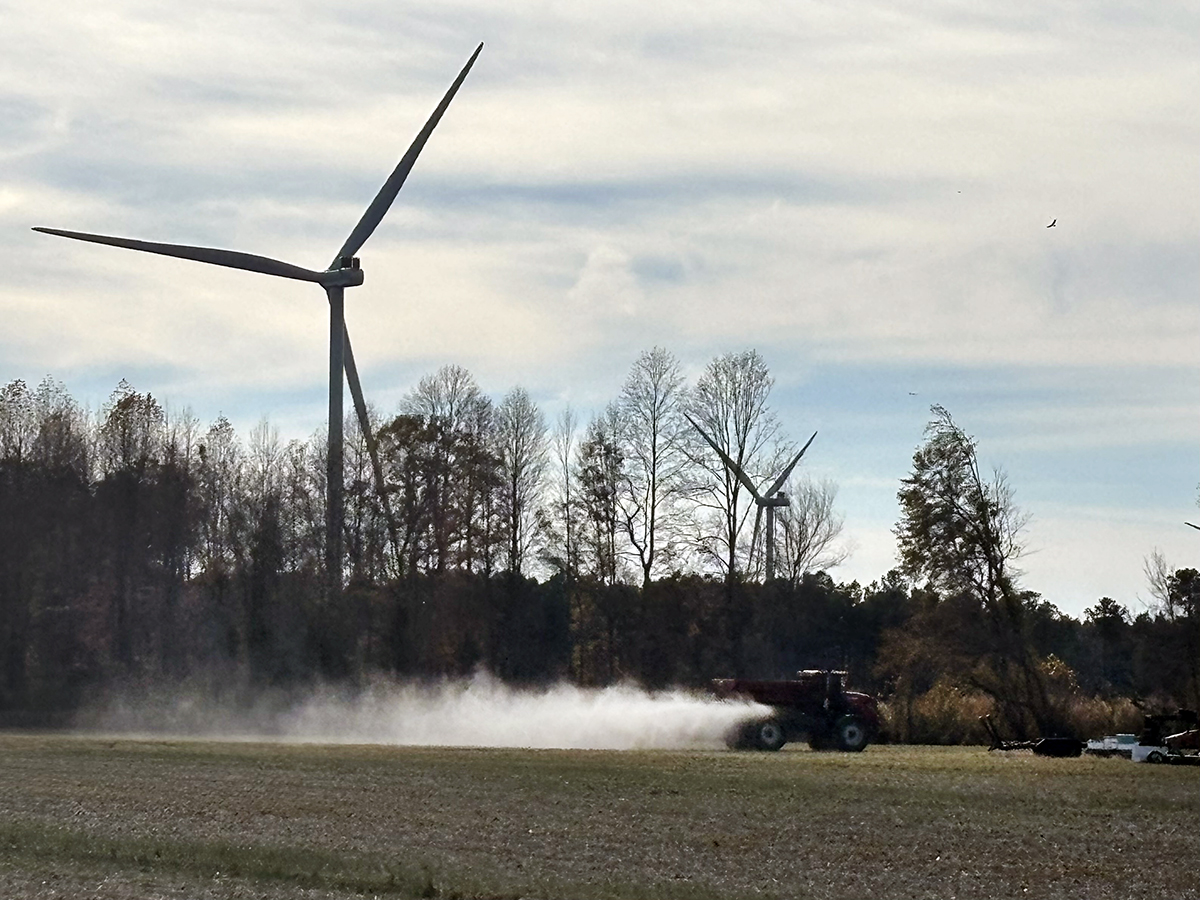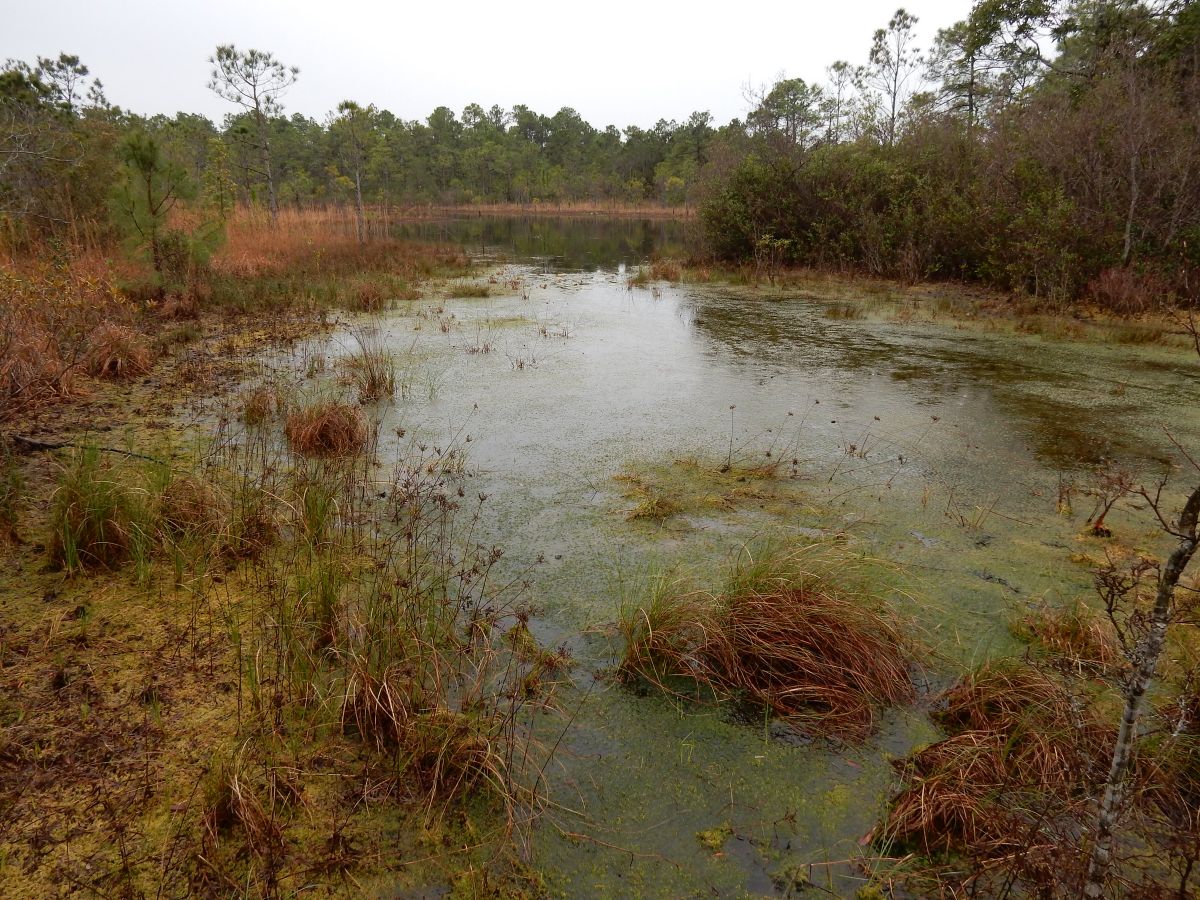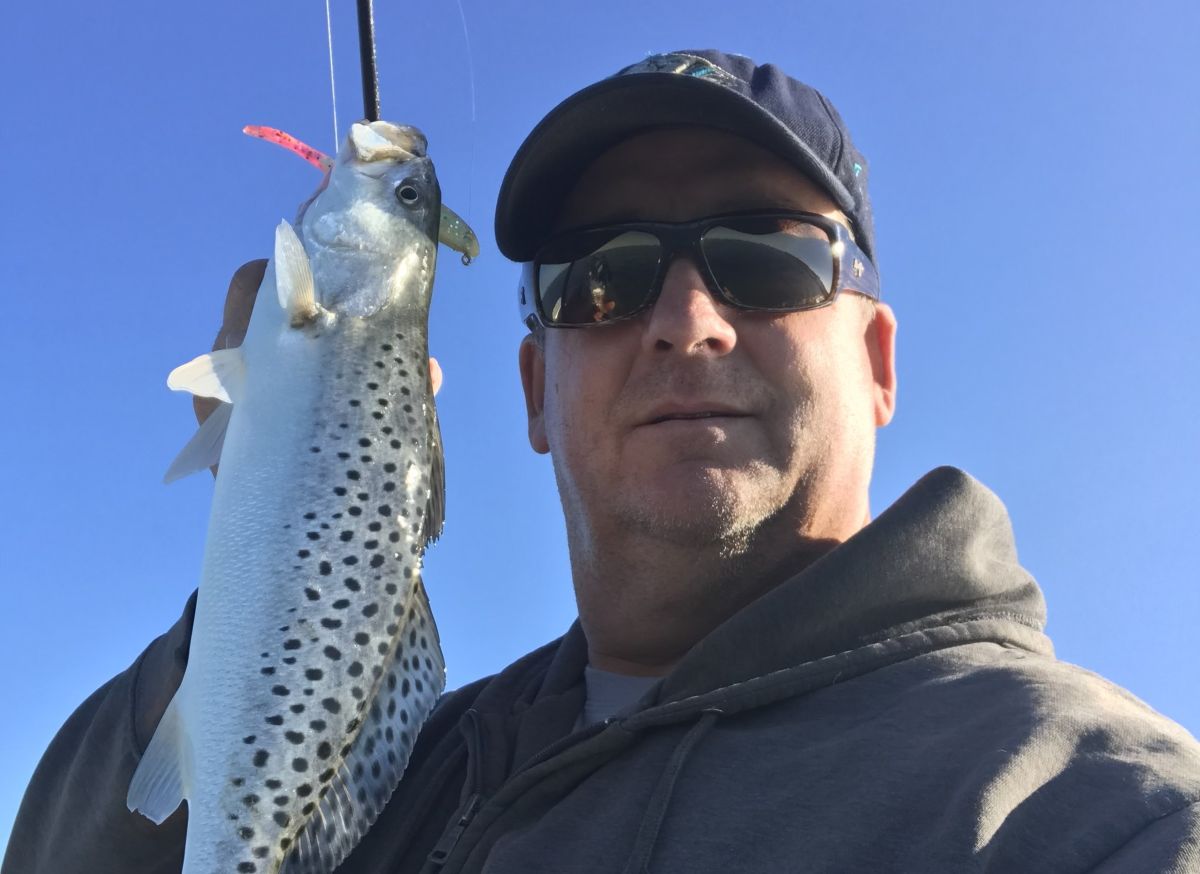
If you travel sandy coast lines anywhere in this country you will see piers. They are popular places to visit the beach without getting sandy, to enjoy the sea, and, of course, to go fishing.
Unfortunately, too many people who try to fish at our piers won’t really have any success and will be disappointed. Here are a couple of tips to help you find some good action at any of our piers.
Supporter Spotlight
For starters, we need to determine what is meant by a pier. I’m talking about a structure built on pilings that is above the surface of a body of water. Specifically, we will be directly referring to those that are on ocean beaches.
Along the North Carolina coast, we have them almost everywhere, from Avalon in the north at Kill Devil Hills, as far south as Sunset Beach.
Each of them will have local technical expertise that will separate the rookies from what we used to call “The Sharpies,” however there are things that we’re here to talk about to get us all started.
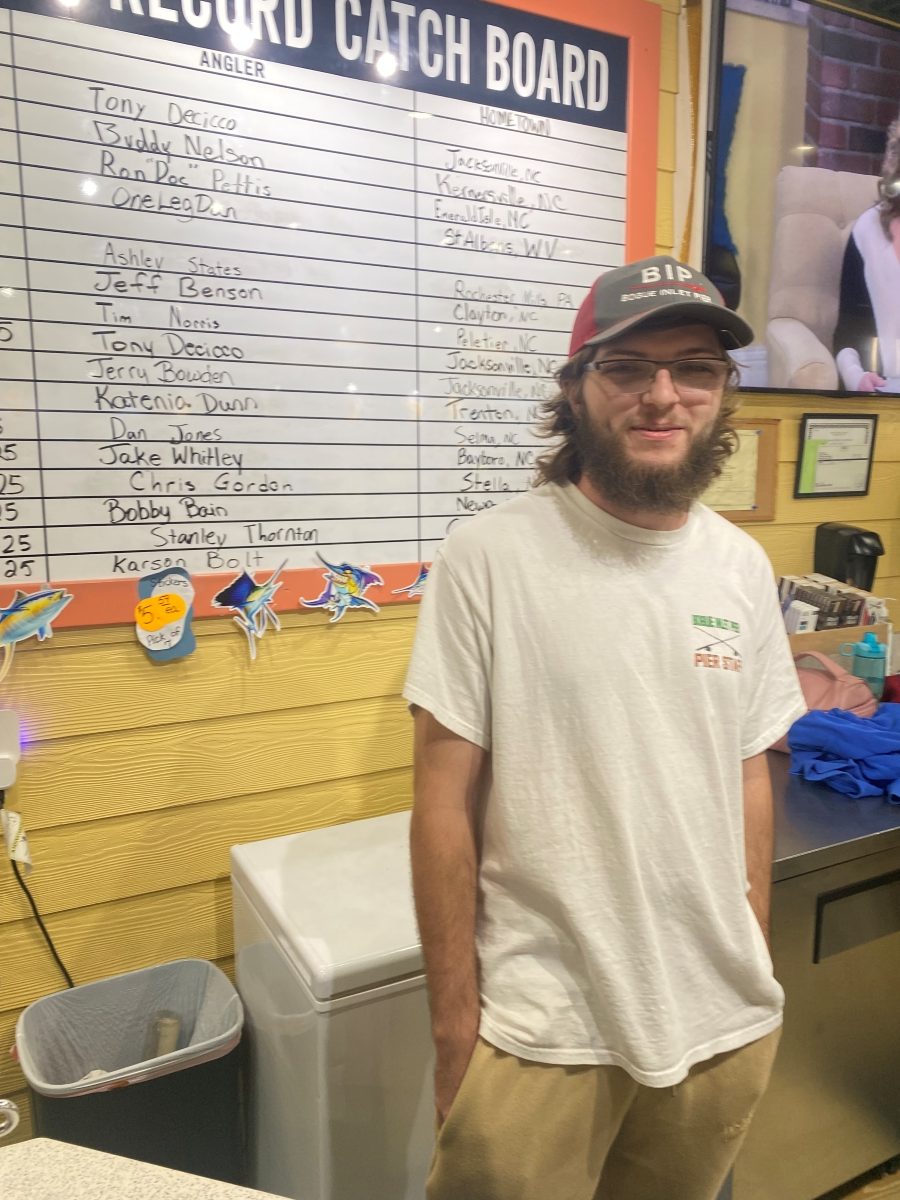
On all piers, there are fish to possibly be caught from the front, to the very end. As Maria from “The Sound of Music” always says, “Let’s start at the beginning. A very good place to start.”
When you first venture across the sand, there will be fish right in the surf zone. From there on, pan-sized fish that are very popular to pursue, both for their willingness to get involved and the pleasure they bring when we get them home, will be present. There’s a very simple way to get them, but as with all things to do with fishing, it’s the details that make the day.
Supporter Spotlight
Use with a light rod. Something that can handle a 15-pound test braided line and a 1-ounce pyramid sinker without flexing all the way down, but with a responsive tip. There will be a myriad of options for bait fishing rigs for sale in the shops and at the pier itself. If you are able, forgo those choices and make your own.
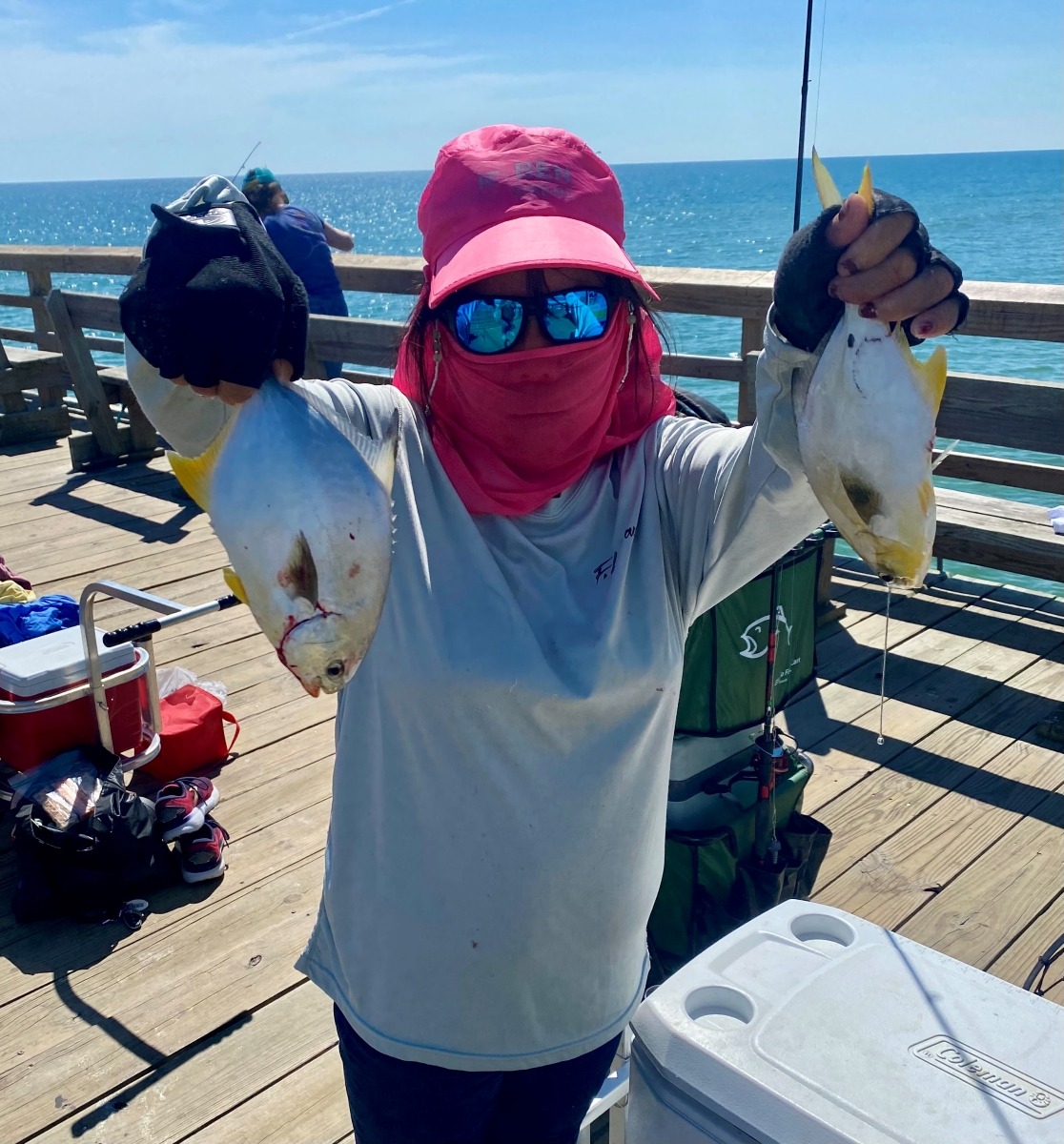
Start with a monofilament line that is no more than 30-pound test. Do not, repeat NOT, use anything with wire. Tie in two dropper loops (diagrams available wherever diagrams are sold), attach a small orange bead and a size 1/0 circle hook to one, then a pink bead and the same kind of hook to the other. If you don’t want to tie your own, purchase the one that is the closest to this description. This is THE main difference between people catching, and those watching.
There are lots of options for bait, depending on your industriousness and abilities. The top would be sand fleas that you just dug from the surf yourself. There are those who will par boil them quickly and freeze. Next choice would be pieces of fresh shrimp. (You’ll notice I don’t mention frozen shrimp). Regardless, most savvy anglers also use a very small piece of Fishbites brand in the shrimp flavor, which is a scent infused natural product that adds appeal. It’s available everywhere.
Bites will come as fast taps. With the circle hooks you will not miss as many strikes as you will otherwise if you happen to leave your rod unattended.
A note about that: I once lost a rod while fishing a live minnow from the pier untended. Guy standing there said, “Shot out there about 10-, 15-foot.”
This method will work for pompano, sea mullet, or pretty much anything that frequents the surf zone. If spots are running, substitute with sea worms for bait and try a size 2 hook. That usually happens in fall. Let me add that being observant to successful people is a good idea and most are glad to help.
Most piers have a rule limiting anglers to two rods. Not everyone follows. But if you do, your other rod should be set up with a Gotcha/Jerk Jigger plug. This is a lure that when it’s retrieved with a twitch-pause retrieve, won’t pop out of the water while being high up in the air like on a pier.
Attach it to your line with a 30-pound monofilament leader. They are so effective that some people use them all the time wherever bluefish, Spanish mackerel, or false albacore are surface feeding. But on the deck of the pier is where they shine. Not just for blues, macs, and albies either.
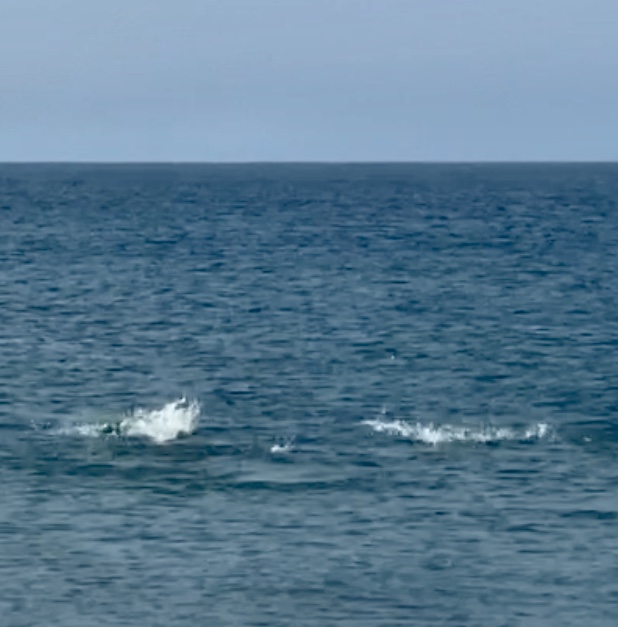
If you look down at the base of the pilings you will see a depressed area around each. By simply yo-yoing your plug around each piling, there is a good chance of hooking a flounder.
With a simple variation you can have a productive lure to catch anything that swims. To the end of your line, tie a three-way swivel. Tie two lengths of 20-pound line. Leave the first piece 3 feet long and the second piece 2 feet long. To the longer length attach a Gotcha plug. Any color is good as long as it’s red and white. To the shorter length tie on a D.O.A. shrimp lure in literally any color.
If fish are visible feeding on the surface, retrieve as always. If not, use a lift fall retrieve as if you’re jig fishing. Strikes will come on the drop and will be on either lure, with some large speckled trout falling to the plastic shrimp.
I’m pretty confident that with those two rods rigged and ready you will have a good chance of having success on any pier anywhere. Having said that, make sure to have a few extra of everything. Also, a fish finder rig with a piece of mullet has a chance to do SOMETHING on a day when not much else seems to be happening. Of course be ready if someone is getting and you are not, and switch it up if necessary.
Finally, fishing is supposed to be relaxing. If you’re on the pier on a busy fall day when the spots are thick, be prepared to get tangled up with someone. Just part of the way it goes. You can make your day better, or worse, by the way you handle it.
Preparing pompano for the table
Start by completely removing the head and all entrails (ew). Now hold what’s left by the tail and scrape your knife from the back to front to remove the small scales. When you get it all it will not sound so … scrapey(?) Clean your knife blade and run it along a steel to tighten up your blade edge. Cut through the skin just to the backbone several times on each side. This is called scoring. Dust very lightly with flour and season liberally with whatever spices you like. Old Bay goes nicely.
Heat a nonstick sauté pan over medium heat with butter until it gets foamy.
Lay the fish in the pan and leave it alone. Don’t touch it, slide around, or otherwise touch it, if you mess with it, you will ruin it. After a few minutes the edges will change color slightly and will begin to come off the pan. When it’s done it will come loose and then you will see a beautiful crust has formed. Turn it over now.
Drop in a couple knots of butter and let it melt. Spoon the melted butter over the top. It won’t take long. Have a plate ready. Serve with fresh vegetables and some good bread. This is a solid date night recipe. Good luck.



